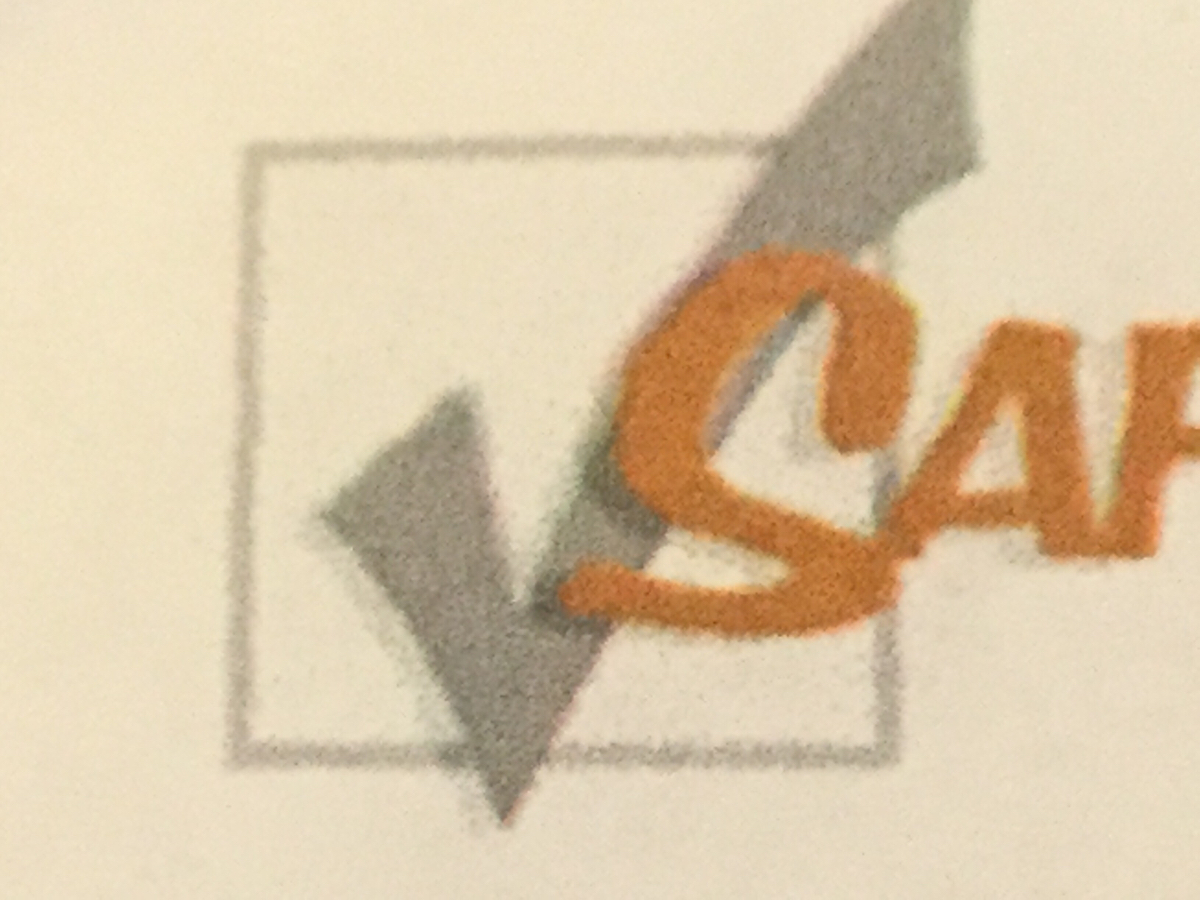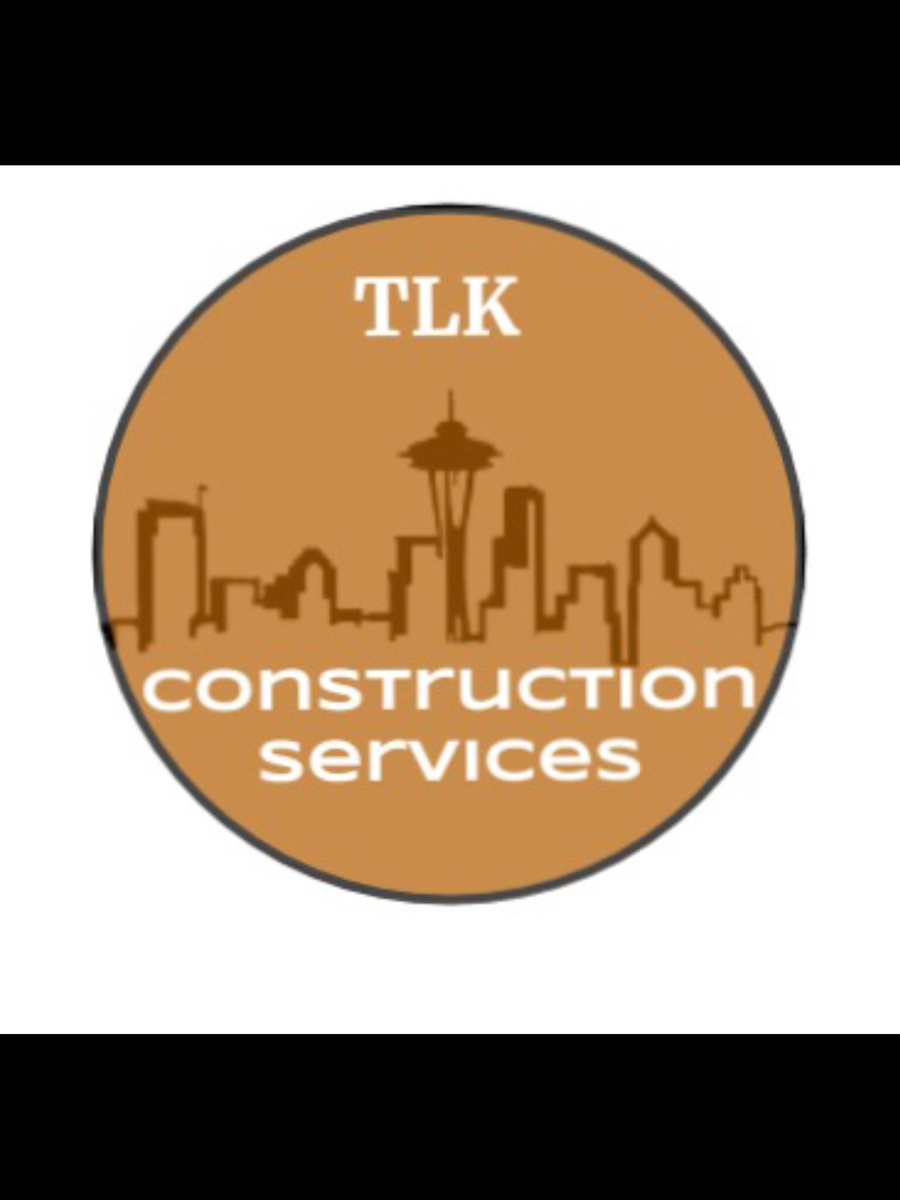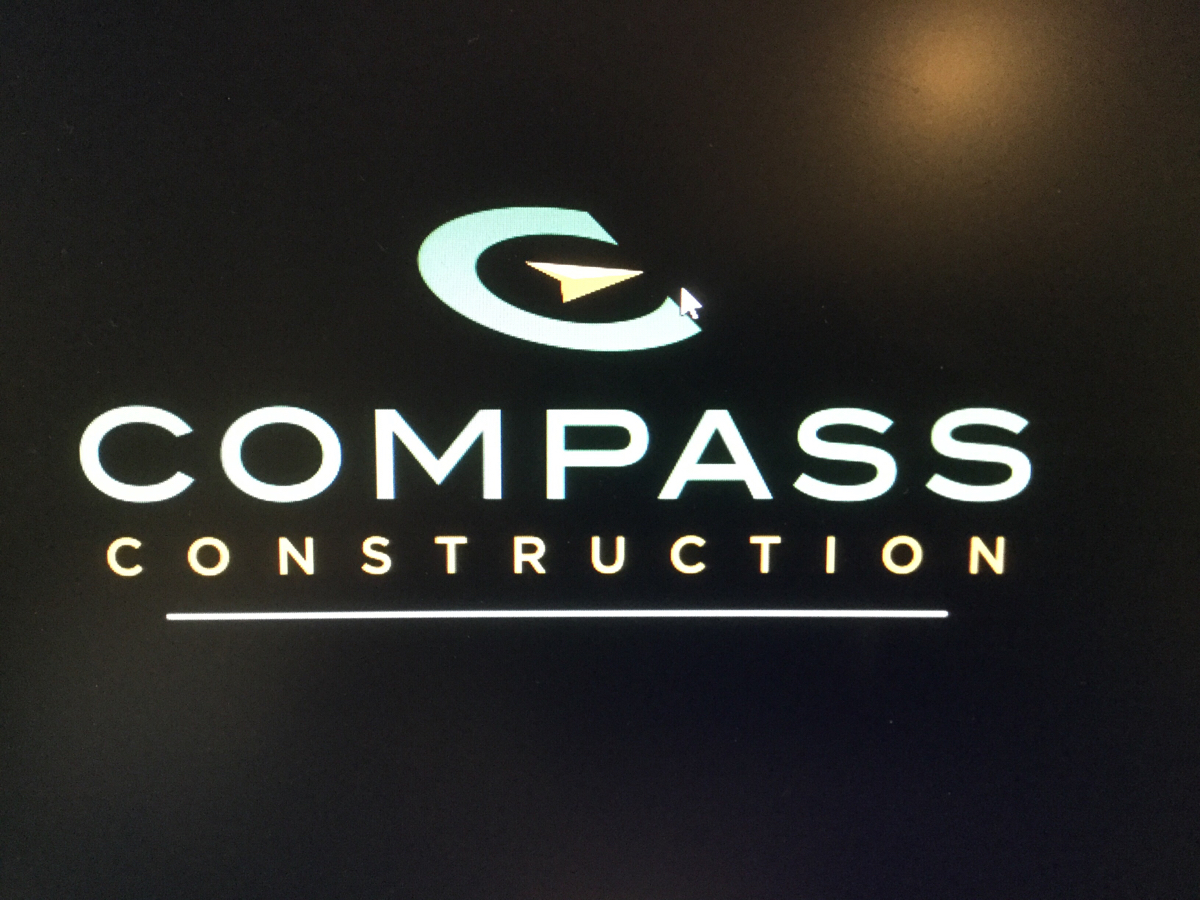Title Page
-
Weekly Safety Inspection
-
Conducted on
-
Compass Construction
-
Site
-
Prepared By
-
Location
-
Personnel Present During Inspection
1) Personal Protective Equipment
-
Hard Hat and Safety Glasses worn at all times?
-
Face shield used while chipping and grinding?
-
Hearing Protection used?
-
Respirator used properly? Correct cartridges used for task?
-
Hi Visibility clothing used if required?
-
Other PPE - Proper foots are, knee pads, welding screen in place, etc?
2) Work Area General Conditions
-
Is access/egress clear of debris and marked? Hallways and building entry clear?
-
Is garbage maintained and disposed of properly? Enough containers provided for disposal?
-
Adequate lighting in stairwells, hallways and public walkways?
-
Adequate number of bathrooms and a hand washing station?
3) Safety Administration and Documentation
-
Weekly Safety meeting conducted?
-
SDS available for hazardous materials?
-
Site-specific Orientations completed?
-
Required Posters are posted on Safety Board?
-
Employees training current and training documented?
-
Pre-task planners filled out and reviewed daily?
-
Equipment inspections conducted and on file?
4) Electrical
-
TPU's and Energized Panels covered and 3' clearance maintained?
-
GFCI's used?
-
LOTO procedures in place? Is a written procedure plan on site and available?
-
Cords suspended or protected from damage?
-
Are all electrical cord plugs factory installed?
5) Fire Protection/Hot Work
-
Fuel used in approved containers and stored in a FLAM locker?
-
Burn permits completed and placed in hot work area?
-
Fire extinguishers within 25' of hot work and adequate number on site?
-
Fire extinguishers have full charge and inspected monthly?
-
Is hot work area free of combustible material? Removed from the building daily?
-
If combustible material can be removed is fire watch assigned?
6) Fall Protection
-
Fall protection plans completed and signed by employees on falls > 10'?
-
Fall Protection gear inspected daily and stored properly?
-
Wall openings and floors holes are guarded or covered?
-
Guard Rails (rails at 42' and 22" +/-) and toe boards in place? Cable rails less than 3" of deflection?
-
Rebar protection in place when exposed fall is present?
-
Fall protection used 4' on working/walking surfaces and 6' on everything else?
-
Proper anchor point used and can hold 3,000 Lbs while using fall arrest equipment?
7) Aerial Lifts and Scaffolding
-
Scaffold have green tag and inspected daily?
-
Is falling object protection in place? Toe boards, Netting, Etc
-
Guardrails set at +/- 42" and 22" and installed on all open sides?
-
Base set up correctly with base plates/screw jacks and adequate cross bracing?
-
Scaffold fully planked with min. 12" overlap?
-
Wheels locked on rolling scaffolds?
8) Cranes and Rigging
-
Rigging inspected and free of damage? Stored properly?
-
Cranes inspected daily? Daily log available from operator?
-
Overhead hazards/power lines identified and marked?
-
Loads properly secured and tag lines used?
-
Are operator, signal person, and rigger properly trained and certifications updated?
-
Rigger performing loading activities have proper fall arrest if applicable?
-
Critical lift plan filled out if load is > 75% of cranes maximum load capacity?
9) Ladders, Stairs and Ramps
-
No one standing above the top 2 rungs?
-
Step ladders used properly? Spreader bars open and locked?
-
Extension ladders used for access secured top and bottom? Extended 3' above platform?
-
3 point contact used while climbing any ladder? Haul ropes provided for materials and tools?
-
4'-1' rule maintained on extent ion ladders?
-
Stairwells have handrails and have no missing treads?
-
Job-made ladders to built to specifications?
10) Environmental
-
Chemicals in clearly marked containers? SDS available?
-
Adequate number of spill kits available?
-
Dust and noise controls used according to safety plan?
-
Temporary soil erosion control plan in place if needed? (Fences, catch basins, waddles, etc)
-
Is a visible sheen across site present indicating spilled contaminates?
-
Are control zones present and being used according to environmental plan?
11) Traffic Control and Public Awareness
-
Is Traffic Control plan in place and effective?
-
Are all materials keep inside site and pedestrian walkways clear of debris?
-
Flagged certified and in Class 3 PPE?
12) Controlled Zones
-
Overhead hazards delineated with Danger/Caution Tape?
-
Danger Tape properly tagged and identified with the hazards beyond?
-
Unused delineation taken down after not in use?
13) Forklifts and Heavy Equipment
-
Forklifts inspected daily and documentation present?
-
Seatbelt being used during operation of heavy equipment.
-
Fire extinguisher available and inspected regularly?
-
Operator certified?
-
Truck drivers have full PPE on when leaving vehicle?
14) Confined Spaces WAC 296-809
-
Permit filled out and posted at entry?
-
Has space been tested with 4 gas meter and proper PPE being used according to permit?
-
Adequate ventilation for confined space used?
-
Does permit required confined space have an attendant at entry trained in rescue? Tripod available?
-
Do entrants have confined space training?
15) Excavations
-
Excavations >4' sloped, benched or shored?
-
Approved means of access/egress supplied in excavations >4' minimum 25'?
-
Spoils set back from excavation minimum 4'?
-
Have underground utilities been clearly marked?
Tools
-
All guards in place and per manufacturer?
-
Cords free of damage? Ground Prong in place?
-
Using right tool for the job?
-
Whip-checks installed on pressurized lines?
-
Corrective Actions/Who assigned to/Date of Pending Correction
-
Corrective Actions from Previous Audit still Pending
-
General Notes and Observations
-
Superintendent
-
Safety Representative









